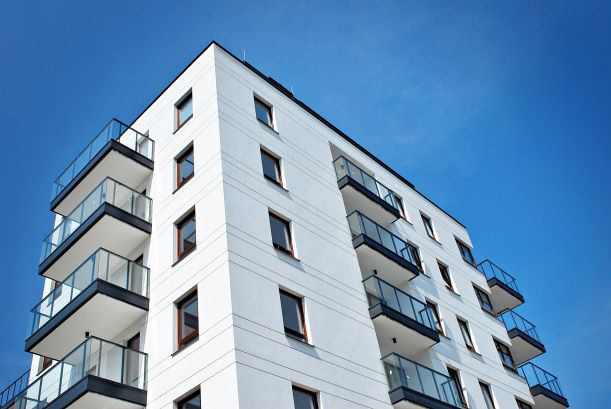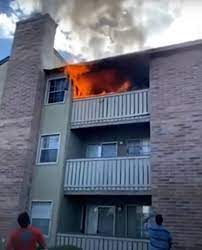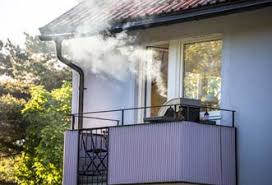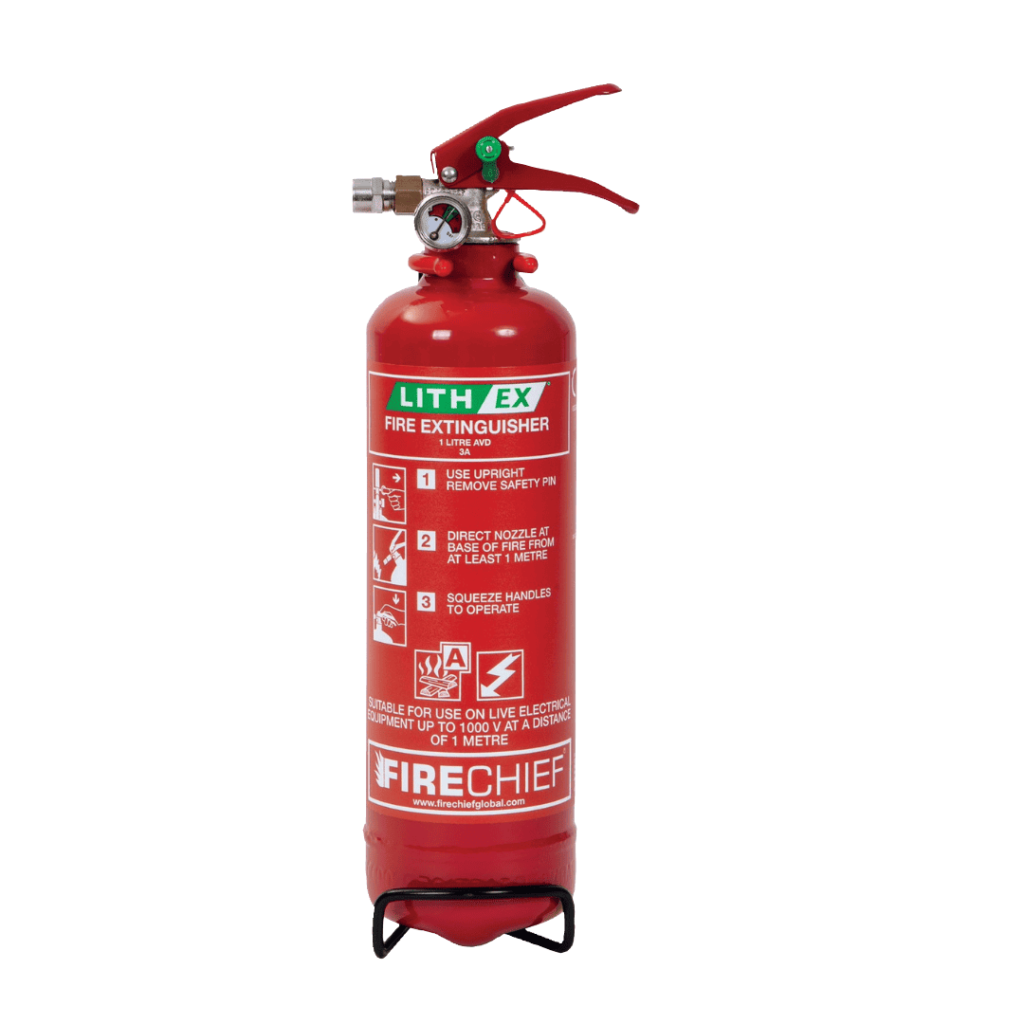The trend of balcony and terrace living has gained significant popularity in urban areas. These outdoor spaces offer a breath of fresh air and a sense of openness, particularly valuable in densely populated city environments. However, along with the benefits, they introduce specific fire risks that are often overlooked.
Elevated outdoor spaces like balconies and terraces can be susceptible to fires, which may quickly escalate, especially in high-rise buildings. Understanding these risks is crucial for urban dwellers to ensure their safety and the safety of those around them. This article aims to shed light on the potential fire hazards associated with balcony and terrace living and provide essential tips to mitigate these risks.

Assessing Fire Risks on Balconies and Terraces
Common Fire Hazards in These Areas Balconies and terraces often house various items that can pose fire hazards. Common risks include flammable decorations, outdoor furniture made from combustible materials, and the use of barbecues or grills. Plants in dry conditions and storage of items like bicycles and boxes can also contribute to fire risks. Identifying and mitigating these hazards is crucial for maintaining a safe space.
The Impact of High-Rise Living on Fire Safety In high-rise buildings, the impact of a fire on a balcony or terrace can be more severe due to the potential for flames to spread upwards or enter the building. Wind conditions at higher altitudes can exacerbate fires, making them more unpredictable and difficult to control. It’s essential for residents of high-rise apartments to be aware of these added risks and take extra precautions.
Safe Decoration and Furniture Choices
Selecting Fire-Resistant Materials for Outdoor Furnishings When decorating balconies and terraces, it’s important to choose fire-resistant materials. Opt for furnishings made from non-combustible or flame-retardant fabrics and materials. Metal or treated wood furniture can be safer options compared to plastic, which can easily melt and contribute to a fire.
Safe Decorating Practices for Balconies and Terraces Safety in decoration extends beyond just the choice of materials. It includes practical considerations like maintaining clear pathways for escape, avoiding overcrowding the space with furniture, and ensuring that decorative items do not block access to fire safety equipment or exits.
Safe Usage of Braais and Outdoor Cooking Equipment
Guidelines for Using Grills and Barbecues Safely If using grills or barbecues on balconies, it’s imperative to follow safety guidelines. This includes placing the grill away from flammable materials, never leaving it unattended while in use, and ensuring it’s completely cooled off before storing. It’s also important to check with building management for any specific regulations regarding the use of such equipment.
Alternatives to Open Flame Cooking on Balconies For those who cannot use open flame devices due to safety concerns or regulations, exploring alternatives is key. Electric grills or portable outdoor electric cookers can offer a safer way to enjoy cooking outdoors without the risks associated with open flames.

Incorporating Fire Safety Features
Fire Extinguishing Solutions for Balcony and Terrace Areas Installing fire extinguishers specifically for outdoor areas like balconies and terraces is a key safety measure. Residents should choose extinguishers suitable for the types of fires that could occur outdoors, such as those caused by grills or flammable liquids. It’s also important to ensure easy accessibility and to educate all residents on how to use these extinguishers effectively.
Importance of Smoke Detectors and Fire Alarms in Apartments Smoke detectors and fire alarms are just as crucial in apartment settings, particularly near balconies and terraces. Ensuring these alarms are interconnected with the building’s central fire alarm system can provide early warnings, not just to the apartment residents but also to the entire building, enhancing overall safety.
Emergency Preparedness for Balcony and Terrace Fires
Developing an Evacuation Plan for High-Rise Residents For residents of high-rise buildings, having a clear evacuation plan is essential. This plan should include specific instructions for escaping in case of a fire on a balcony or terrace, considering the unique challenges posed by height and potential blockages. Regular drills and clear signage can aid in this preparedness.
Emergency Contact Strategies for Apartment Dwellers It’s important for apartment dwellers to have a well-thought-out strategy for contacting emergency services in the event of a fire. This includes keeping emergency numbers readily accessible, knowing the building’s address and specific location details, and understanding the quickest ways to communicate with first responders.
Community Involvement and Regulations
Navigating Building Regulations and Fire Codes Residents and building managers should be well-versed in local fire codes and regulations pertaining to balconies and terraces. This knowledge is crucial for ensuring that all safety measures meet legal requirements and for guiding decisions related to outdoor furnishings and decorations.
Building a Fire-Safe Community in Apartment Complexes Creating a fire-safe community involves collaboration between residents, building management, and local fire authorities. Initiatives could include community workshops on fire safety, regular inspections of communal areas, and forming safety committees to address ongoing concerns and improvements in fire safety practices.

-
As we conclude, it’s important to reiterate the key takeaways for ensuring fire safety on balconies and terraces in urban residences. Adhering to safety practices, from choosing the right materials for outdoor furnishings to understanding the proper use of barbecues, plays a crucial role in preventing potential fire hazards. Equally important is the integration of fire safety features such as extinguishers and smoke detectors, and the development of a comprehensive emergency plan tailored for high-rise living.
Staying vigilant and informed is vital for urban dwellers. Regularly updating your knowledge on fire safety regulations, participating in community safety programs, and being proactive in maintaining a safe living environment are essential steps in safeguarding yourself and your community. Remember, fire safety is a shared responsibility, and staying alert and prepared can make all the difference in ensuring the well-being of everyone in an urban setting.

